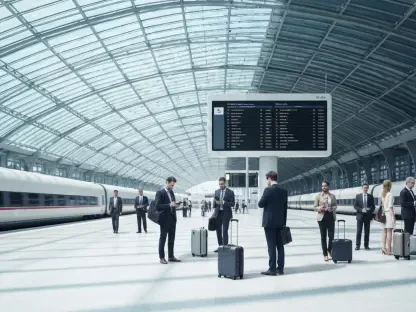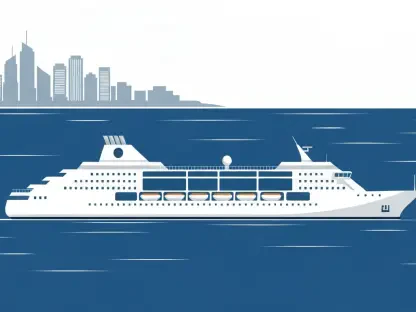Google’s hotel search landscape has undergone significant transformations driven by artificial intelligence and a focus on user-centric features. These changes have not only improved consumer experience but also impacted the competitiveness of the hospitality industry. With travel planning becoming increasingly digital, understanding Google’s enhancements provides valuable insights into modern booking dynamics.
Timeline of Events
2018 – Initial Innovation with AI-Based Enhancements
In 2018, Google made its first major strides by integrating artificial intelligence to refine its hotel search features. This integration allowed users to experience more accurate search results based on their preferences, setting a precedent for enhanced user engagement and changing the competitive landscape for OTAs and hotel marketers.
2019 – Launch of Google Travel Platform
Google Travel was unveiled in 2019, consolidating itineraries and providing comprehensive travel planning tools. Despite the discontinuation of Google Trips, this launch marked a significant enhancement in personalized user experiences and solidified Google’s footprint in the travel search industry.
2020 – Expansion of Filtering Systems
Further advancements to Google’s hotel search occurred in 2020, with improved filtering options that catered to the nuanced preferences of travelers. Users could refine searches by price, ratings, and amenities, elevating the consumer experience by providing more relevant results.
2021 – Introduction of Price Insights and Alerts
Google responded to price sensitivity considerations by introducing price alerts and comparative tools in 2021. This innovation empowered users to make informed decisions regarding bookings, significantly affecting how travelers interact with hotels online and fostering direct engagements.
2022 – Shifts in Booking Capability and AI Overviews
The removal of the “Book on Google” feature in 2022 signified a shift toward direct hotel bookings through enhanced listings, aided by AI-driven overviews. These changes improved traffic and control for hoteliers while maintaining Google’s emphasis on user-centric interfaces and experiences.
Conclusion
Google’s transformation of its hotel search capabilities set new industry standards by embracing AI and user-centric features. These innovations empowered hoteliers to directly engage with consumers, reduced reliance on intermediaries, and reshaped travelers’ online booking perceptions. Future considerations might involve further refinement of AI technologies, integration of virtual reality experiences, and adaptations to regional regulatory requirements. As travel dynamics continue to evolve, Google’s capacity to anticipate and meet user expectations remains a key area for ongoing observation and study.









